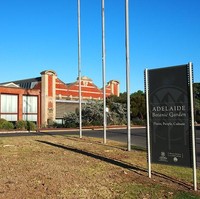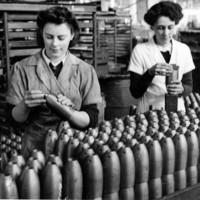Adelaidia
2010s
- Remove [facetapi_active:active-value] filter [facetapi_active:active-value]
- Remove [facetapi_active:active-value] filter [facetapi_active:active-value]
- Remove [facetapi_active:active-value] filter [facetapi_active:active-value]
- Remove [facetapi_active:active-value] filter [facetapi_active:active-value]
- Remove [facetapi_active:active-value] filter [facetapi_active:active-value]
- Remove [facetapi_active:active-value] filter [facetapi_active:active-value]
- Remove [facetapi_active:active-value] filter [facetapi_active:active-value]
- Remove [facetapi_active:active-value] filter [facetapi_active:active-value]
- Remove [facetapi_active:active-value] filter [facetapi_active:active-value]
- Remove [facetapi_active:active-value] filter [facetapi_active:active-value]
- Remove [facetapi_active:active-value] filter [facetapi_active:active-value]























